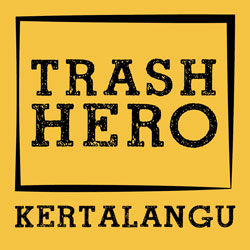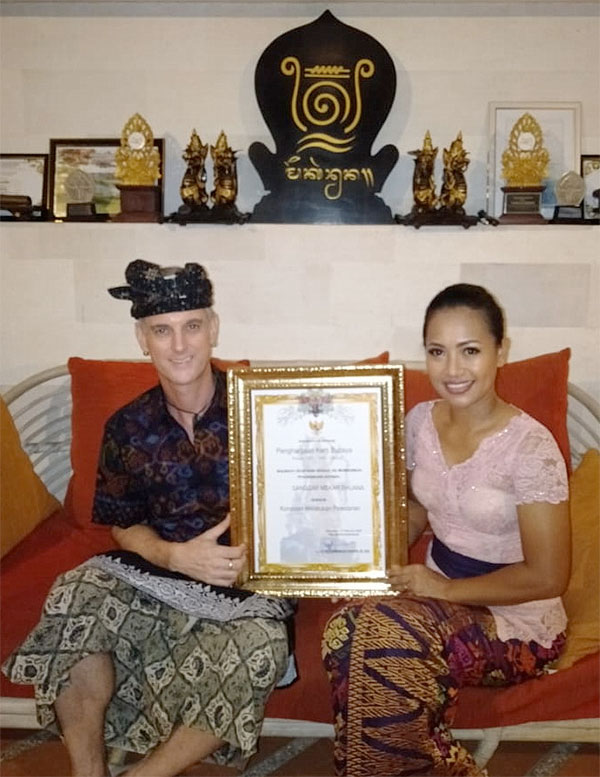Years (like 24 years later!) after first meditating to the dense layering of this gorgeous Gambang style from Banjar Bedhe back in 1999, I tracked down the group through the leader of Sekar Anom Gender Wayang group, Mangku Sadia, who happened to know the headman personally. Carefully stored in a special shrine dedicated to the instruments, I discovered yet another threatened tradition, remembered by only one 90 year-old guy who I am yet to meet.

Fortunately the repertoire is not extensive, at eight pieces, compared to some groups in Karangasem that know more than 30, and the entire repertoire has been recorded (by Aneka Record in the 1990s and as part of a Swiss Uni project in 1973 by Tilman Seebass and Danker Schaareman).



Nonetheless, due to the difficulties associated with memorization (more of a time thing really… and people are so flat out trying to put rice on the table as well as keep up with all the rituals that are crucial to Balinese tradition), attracting the youngins to such a serious and quasi-mathematical type of music, and all the taboos related to using the instruments for practice, it’s not an easy feat.

I suggested they get government support (they have already made a proposal to the Tabanan cultural department but apparently received no response), for instrument restoration and group regeneration, and in particular for secular practice instruments because the parts played by the four bamboo cungklik / caruk instruments are all different, all start on different pitches, therefore requiring serious, strategic and continuous study…

I’m going back to visit in October to meet the old fella and hope to even join in at a gig if there is a cremation ceremony while I’m around – I’m keen to see if I can jog my memory of the four pieces I learned on Mekar Bhuana’s @mekarbhauna_centre set during the pandemic from that Aneka Record cassette that is now considered ‘vintage’ and also inspired some of the younger members of the family to form a new generation of youth to continue on this ancient tradition that dates back to the first royal family that settled in Tabanan.

Before I went home to Denpasar, I made sure I copied the Aneka Record tracks from the flashdisk in my car to his son’s laptop for posterity as they had lost their cassette copy. As this doesn’t have all the pieces on it, I hope that I can one day help to repatriate the Swiss recordings, which have been taking decades to get digitized!
Researcher and writer: Vaughan Hatch



